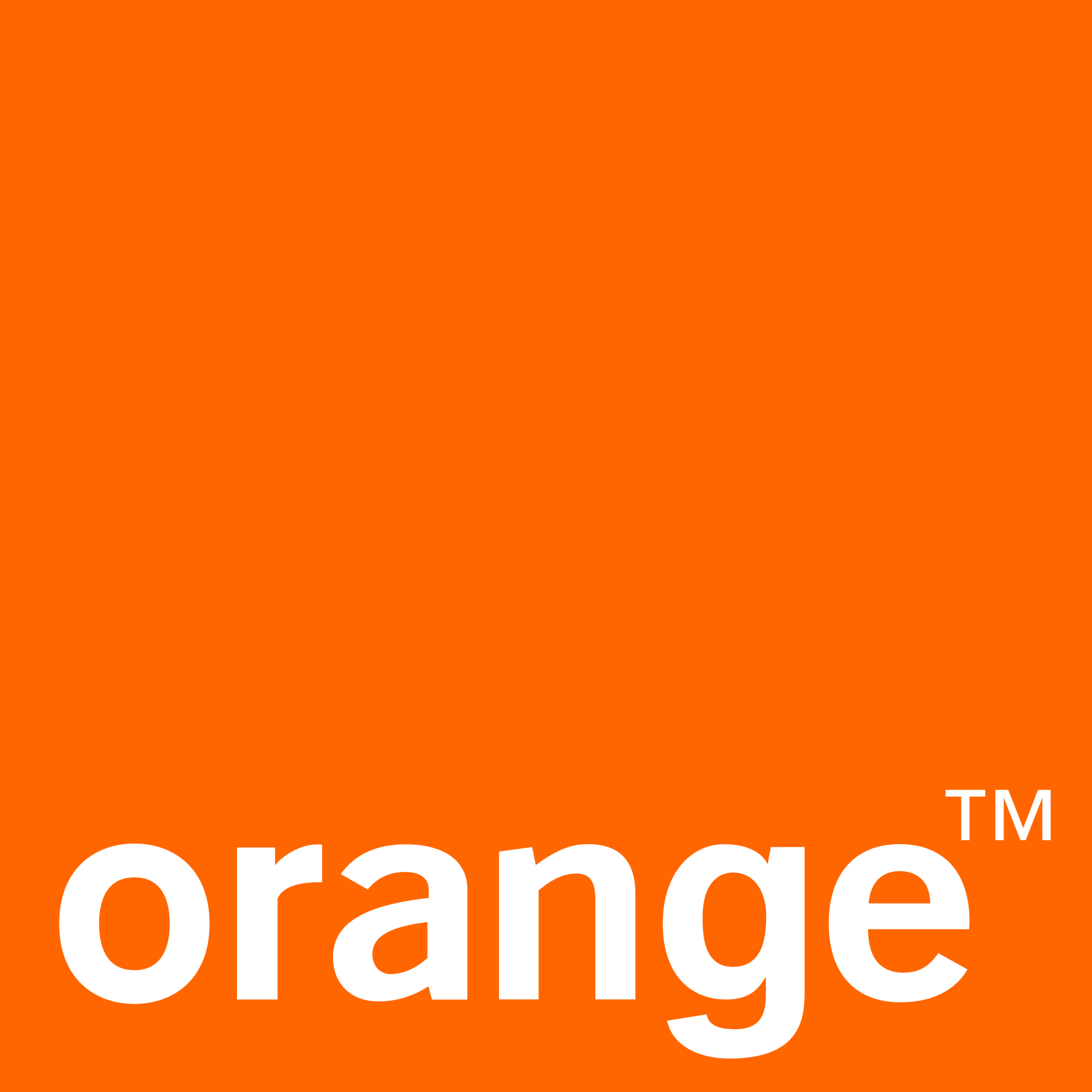
Prof. Hanna Bogucka
Hanna Bogucka received the Ph.D. degree with honors and the Doctor Habilitus degree in Telecommunications from Poznan University of Technology (PUT), Poznan, Poland in 1995 and 2006 respectively. Currently, she is a full professor and a Deputy‐Dean for Research at the Faculty of Electronics and Telecommunications at PUT. Prof. Hanna Bogucka is involved in the research activities in the area of wireless communications: radio resource management, opportunistic radio access, flexible, adaptive and cognitive radio, and the application of game theory towards the broadly‐understood efficiency of these systems. She has been involved in multiple European 5th – 7th Framework Programme and Horizon 2020 projects dealing with novel wireless flexible transmission techniques and cognitive radio technologies, as well as in the European COST actions .

Nenad D. Filipovic is full Professor at Faculty of Engineering and Head of Center for Bioengineering at University of Kragujevac, Kragujevac, Serbia. He was Research Associate at Harvard School of Public Health in Boston, US. His research interests are in the area of biomedical engineering, cardiovascular disease, fluid-structure interaction, biomechanics, multi-scale modeling, data mining, software engineering, parallel computing, computational chemistry and bioprocess modeling. He is author and co-author of 11 textbooks and 7 monographies, over 200 publications in peer review journals and over 10 software for modeling with finite element method and discrete methods from biofluid mechanics and multiphysics. He also leads a number of national and international projects in EU and US in area of bioengineering, software development, computer graphics, data mining, big data calculation.
He is Director of Center for Bioengineering at University of Kragujevac and leads joint research projects with Harvard University and University of Texas in area of bio-nano-medicine computer simulation. He also leads a number of national and international projects in area of bioengineering and bioinformatics, FP7, HORIZON2020. He is a Managing Editor for Journal of Serbian Society for Computational Mechanics and member of European Society of Biomechanics (ESB) and European Society for Artificial Organs (ESAO).
Key Note Speech Topic: Computer Risk Prediction for Atherosclerosis Development in the Coronary Arteries
Abstract: Atherosclerosis is the cause of more than 50% mortality in the world today. Determination of atherosclerosis location and volume for a specific patient is very important for prediction of this disease progression. Computer model of transport of macrophages and oxidized LDL distribution for the initial plaque grow model inside the intimal area was implemented. Mass transport of LDL through the wall and the simplified inflammatory process was firstly solved. The Navier-Stokes equations govern the blood motion in the lumen, the Darcy law is used for model blood filtration, Kedem-Katchalsky equations for the solute and flux exchanges between the lumen and the intima. The system of three additional reaction-diffusion equations that models the inflammatory process and lesion growth model in the intima was used.
Plaque progression for specific patient using CTA image analysis at baseline and after 6 12 and 24 months was analyzed. Volume progression from 60% to 80% was observed with segmentation and registration of CT images. Wall shear stress (WSS) distribution at baseline and follow up was analysed. Boundary conditions for the blood inflow were the same for both baseline and follow up studies. The biomolecular parameters Cholesterol, LDL, HDL and Triglycerides for the specific patient were used for risk prediction in the computer model. The results have been shown the maximal plaque concentration which corresponds to plaque volume observed from the CT images.
The computer model contains big data calculation and data mining patient classification. Partial differential equations with space and times variables with specific biomolecular process in the arterial wall were used for risk progression of the plaque. This large scale computer modeling tool opens a new avenue for clinical risk prediction of the atherosclerosis disease for specific patient.

Dr. Ramjee Prasad is a Professor of Future Technologies for Business Ecosystem Innovation (FT4BI) in the Department of Business Development and Technology, Aarhus University, Denmark. He is the Founder President of the CTIF Global Capsule (CGC). He is also the Founder Chairman of the Global ICT Standardization Forum for India, established in 2009. GISFI has the purpose of increasing of the collaboration between European, Indian, Japanese, North-American and other worldwide standardization activities in the area of Information and Communication Technology (ICT) and related application areas.
He has been honored by the University of Rome “Tor Vergata”, Italy as a Distinguished Professor of the Department of Clinical Sciences and Translational Medicine on March 15, 2016. He is Honorary Professor of University of Cape Town, South Africa, and University of KwaZulu-Natal, South Africa.
He has received Ridderkorset af Dannebrogordenen (Knight of the Dannebrog) in 2010 from the Danish Queen for the internationalization of top-class telecommunication research and education.
He has received several international awards such as: IEEE Communications Society Wireless Communications Technical Committee Recognition Award in 2003 for making contribution in the field of “Personal, Wireless and Mobile Systems and Networks”, Telenor's Research Award in 2005 for impressive merits, both academic and organizational within the field of wireless and personal communication, 2014 IEEE AESS Outstanding Organizational Leadership Award for: “Organizational Leadership in developing and globalizing the CTIF (Center for TeleInFrastruktur) Research Network”, and so on.
He is fellow of IEEE, IET, IETE and WWRF.
He has been Project Coordinator of several EC projects namely, MAGNET, MAGNET Beyond, eWALL and so on.
He has published more than 30 books, 1000 plus journal and conference publications, more than 15 patents, over 100 PhD Graduates and larger number of Masters (over 250). Several of his students are today worldwide telecommunication leaders themselves.
Key Note Speech Topic: Future Wireless Communication Era
Abstract: The presentation will introduce the Future Wireless Communication Era (FWC) beyond 2020. Future Wireless Communication Era is defined as the sum of three unique concepts namely, Human Bond Communication (HBC), Feeling Identification and Transmission (FIT) and Knowledge Home (KH). The talk will discuss about HBC, FIT and KH. It is worth mentioning here that 5G is a pillar of the foundation of the Future Wireless Communication Era.

Network Architect, Cisco CCIE certified, 12 years’ experience in telecom, focused on network planning, designing and architecture with complex networks, involved in several research an innovation projects, with different topics domain. Oriented to R&D activities with relevant and various articles published, coordinator of telecom students through different dissertation and master’s thesis, oriented to different technological domains as IP, SDN, NVF, Security, Virtualization, all applied to telecom infrastructure.
Key Note Speech Topic: Telco network evolution for the future 5G services
Abstract: The 5G technology introduction will be business driven and will create the new market opportunities, as an E2E ecosystem that will enable for the first time a fully and mobile connected society. From broadband access to real-time communications or high user mobility and massive IoT, the speaker will present the business perspective correlated with technological implementation, focusing on 2020 5G targeting networks. A Smart City concept and implementation options will be presented, as Orange is leading one of the most complex use cases with Alba Iulia Municipality.
The speech will focus on use cases requirements as a start base for the system architecture, relevant key points for control and management plane will be highlighted. The slicing concept and slicing implementations will be depicted, as the only possibility of 5G functions and networks deployments over the virtual infrastructure. The speaker will present also aspects regarding the telco transformation and adaptations, all needed to adopt the existing services and also new services within the 5G networks and will finally highlight 5G-PPP work progress, involvement and activities of Orange Romania in 5G-PPP H2020 phase two projects.

Thomas Wrede is the Vice President, New Technology & Standards in the Video business unit at satellite operator SES in Betzdorf/Luxembourg, where he and his team are responsible for providing strategic recommendations regarding innovative technology developments in the video, IP and communications technology segments. Thomas’ team is also responsible for developing new satellite reception products and solutions. Thomas Wrede joined SES in 1992 as a Senior Systems Engineer. He has been deeply involved in the development of digital satellite television, in-home signal distribution concepts, digital satellite radio, satellite return channel technology, Internet via satellite and High Definition as well as Ultra High Definition television. Thomas currently is President of the SAT>IP Alliance (www.satip.info) and represents SES in the DVB Commercial Module (www.dvb.org) as chair of the CM-S subgroup. He is a Board member of the German Association of Commercial Broadcasters and Audiovisual Services (www.vprt.de) and also leads VPRT’s Technology- and Innovation Forum
Key Note Speech Topic: SAT>IP: Live Satellite TV over in-home IP Networks
Abstract: The presentation will explain the concept and advantages of the SAT>IP communication protocol, an IP-based architecture for receiving and distributing broadcast signals (e.g. satellite, cable or terrestrial).
In traditional satellite reception systems, RF (Radio Frequency) satellite signals are only translated in frequency before being distributed via dedicated coaxial cables. Satellite receivers are necessary to receive and demodulate satellite signals. With SAT>IP, satellite-delivered DVB-S/S2 RF signals are demodulated and converted towards IP right at the point of reception in a SAT>IP server. Such a conversion may happen already in the satellite antenna itself (IP-LNB), close to the antenna (SAT>IP multiswitch or converter) or in a master STB. Effectively SAT>IP servers remove the DVB-S/S2 layer and replace it with an IP transport layer.
The presentation will explain features of the SAT>IP protocol and also highlight use cases. Examples of how an eco-system has been created by working with equipment manufacturers and by creating the SAT>IP Alliance will be also given.

Onoriu Bradeanu has a PhD in Communications from the Military Technical Academy at Bucharest. Currently, with Vodafone Group since 2004 and as a Visiting Associate Professor at Politehnica University of Bucharest, he has contributed to several R&D projects, including cross-domain societal challenges. Beside various published articles and contributions to several conferences, he has also been involved in several European 7th Framework Programme and Horizon 2020 projects within future networks and 5G research strands, including demand-attentive and cooperation networking beyond 5G.
Key Note Speech Topic: The developing story of 5G: from networks to the connectivity system.
Abstract: The massive need of data and mobility of future society and economy are expressed into a myriad of uses cases spread between ultra-reliable low latency (URLLC), massive machine type (mMTC) and enhanced mobile broadband (eMBB) communications applications and requirements. The respective implementation challenges are innovatively addressed based on a (r)evolutionary vision, the 5G set of concepts, respectively. Among several other involved research programmes and organization, the EU H2020 –ICT Programme, about to enter its Integration 3rd phase, is race runner reference .
This speech will address mainly the 5GPP architecture views, i.e. slicing, orchestration, programmability & softwerization , management and orchestration. Additionally, current technical trends, as fostered by H2020 Programme, are addressed in terms of concrete examples. Nevertheless, a pragmatic 4G evolution path and new radio (NR) introduction is considered as well. Finally, the opportunity to launch brand new services is also addressed.







































